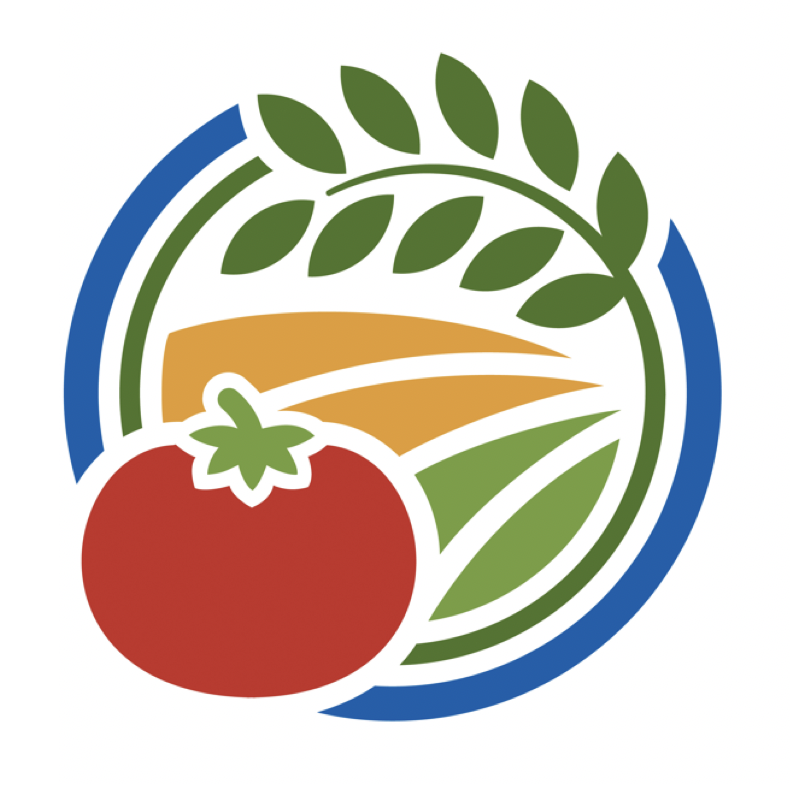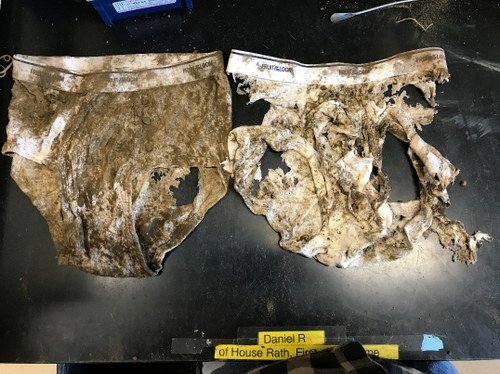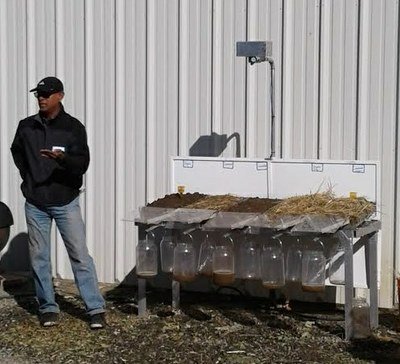Principles and Practices to Build Soil Health Workshop Curriculum
Who this curriculum is for:
This curriculum outline is geared toward agricultural extension professionals to lead workshops for agricultural producers for assessing and developing healthy soils on their farms. It presumes a moderate to strong knowledge basis in soils and farm management practices on the part of the workshop leaders.
What is the focus of the curriculum?
This curriculum focuses on soil biology and the role of living organisms in providing the basis for successful long-term functioning and resilience of soil in an agricultural context. It does not address other important aspects of soil, such as soil chemistry including pH and salinity issues, or nutrient, water, and disease management as stand-alone topics, apart from the connection of these topics to the activity of soil organisms.
What you need to know about the activities in this workshop.
Activities in this outline are appropriate for a workshop length of 3-6 hours. The list of activities in this curriculum is not an exhaustive list of possible exercises or all tests needed to comprehensively assess all aspects of soil quality. Rather, these activities were selected for their particular demonstration value with respect to the functioning of soil organisms, and, with a few exceptions, many of them can be done using easily available materials and without specialized equipment.
For a more complete list and description of soil quality tests, see the NRCS Soils Quality Test Kit Guide
Some of the activities would benefit greatly from participant access to fields where soil can be directly observed and handled. However, in most cases, exercises can also be done in a classroom setting with soil samples collected in advance. Comparison of soil from very different management regimes would greatly aid in the instructive value of several of the hands-on exercises. For example, soils from systems with high organic matter input could be compared with soils from systems with low organic-matter input, or soils from an intensively managed site could be compared with soil from a natural, relatively undisturbed area.
For any questions about this curriculum, contact Sonja Brodt


